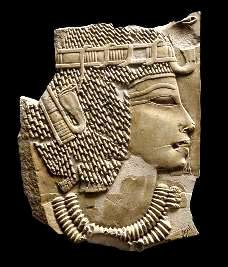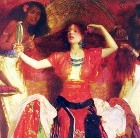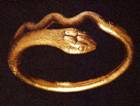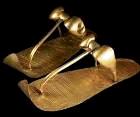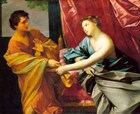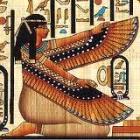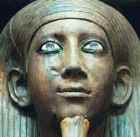Joseph & Potiphar’s Wife
Naked man denies affair with boss’s wife
Joseph was sold into slavery and taken to Egypt. Once there, he became an outstanding success – Chief Steward for a rich Egyptian, Potiphar.
The fly in the ointment? Potiphar had a beautiful wife, a woman used to getting her own way. She was lonely, bored and now thrown into the company of an unusually handsome man, a Brad Pitt of the ancient world. Neglected by her husband who may have been a eunuch, she fell in love with Joseph – to the point of obsession.
She made some kind of sexual approach to Joseph – ‘Lie with me’, she said. Joseph had to either offend the wife or betray her husband. He decided to reject the woman.
But one day when they were alone in the house she insisted, grabbing hold of him. In the physical tussle that followed, she pulled off his linen loin-cloth. He was naked, and ran out of the room and then out of the house altogether, leaving his clothing behind.
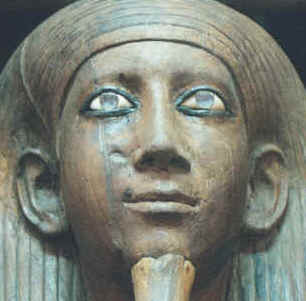 She was enraged. She called to the members of the household, telling them Joseph had tried to rape her. She held up Joseph’s clothing to prove her point. Only her screams had prevented him abusing her, she said.
She was enraged. She called to the members of the household, telling them Joseph had tried to rape her. She held up Joseph’s clothing to prove her point. Only her screams had prevented him abusing her, she said.
She waited until her husband came home and told him the same story. He was enraged – at Joseph? at her? The incident was now common knowledge. As a cuckold he would become an object of ridicule.
He charged Joseph with the attempted rape of his wife, and put him in prison. Of the wife, we hear no more.
‘Joseph, Overseer of Pharaoh’s Granaries’,
Lawrence Alma-Tadema 1874
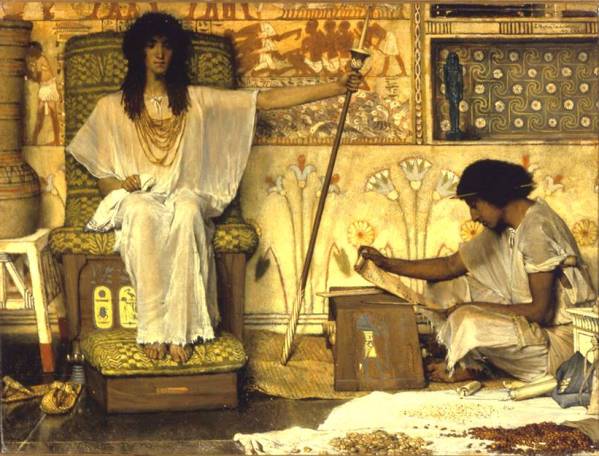
Strictly speaking, this is not a painting of Potiphar’s wife and should not be included here, but it does show the sort of status and authority that Joseph enjoyed in Egypt. This young man was clearly going places.
His tragedy, if you can call it that, was that he had integrity: to stay true to his conscience, he had to give up the comfort of Potiphar’s household – and be hurled into prison for his pains.
Sir Laurence Alma-Tadema was in love with the ancient world. Classical Egypt, Greece and Rome were as real to him as the present, and aesthetically far more delectable. He took great pains to get all the details right.
Bible reference: Genesis 39:2-5
Joseph and Potiphar’s Wife
Ludovico Cigoli, 1610
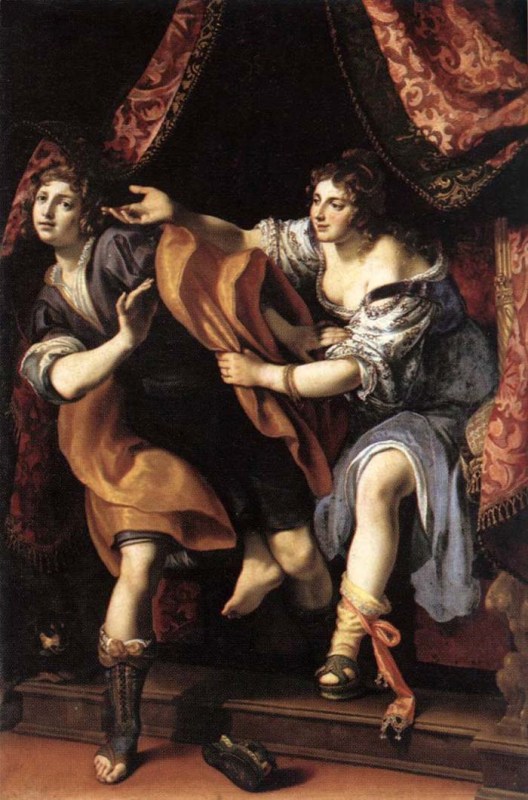
Neither Joseph nor Potiphar’s Wife look particularly disturbed by the adultery she offers. In fact, Joseph has a rather ‘oh-no-not-again’ look on his face. Was the artist, Locovico Cigoli, trying to tell us something? Something he thought his sophisticated audience might prefer to hear?
In the Bible story, Joseph is repulsed by the Egyptian woman’s lust for him. Not so in Cigoli’s painting, it seems.
Manuscript page from the Wenceslaus Psalter, 1250
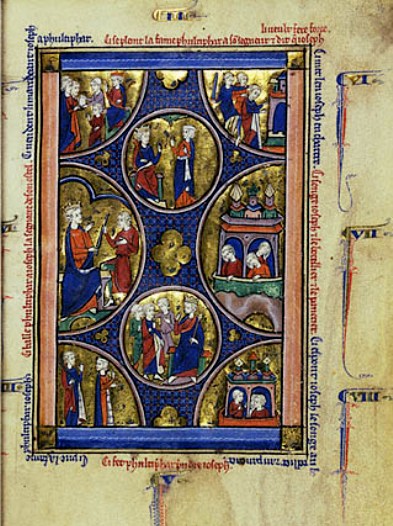
Various scenes from the life of Joseph including the attempted seduction by Potiphar’s wife – though this is done discreetly so as not to over-excite.
Psalters were popular in the Middle Ages, though the high degree of skill and artistry in their production meant they were enjoyed only by the very wealthy. The illustration above gives some idea of the rich color and lavish use of gold leaf that made them obvious status symbols, and the red, blue and gold of the illustration is typical of Parisian Gothic work at that time.
Why go to all this trouble? At a time when few people could read or write, images were a popular aid to story-telling and preaching.
Bible reference: Genesis 39:1-20
‘Joseph and the Wife of Potiphar’
Master of the Joseph Legend, circa 1500
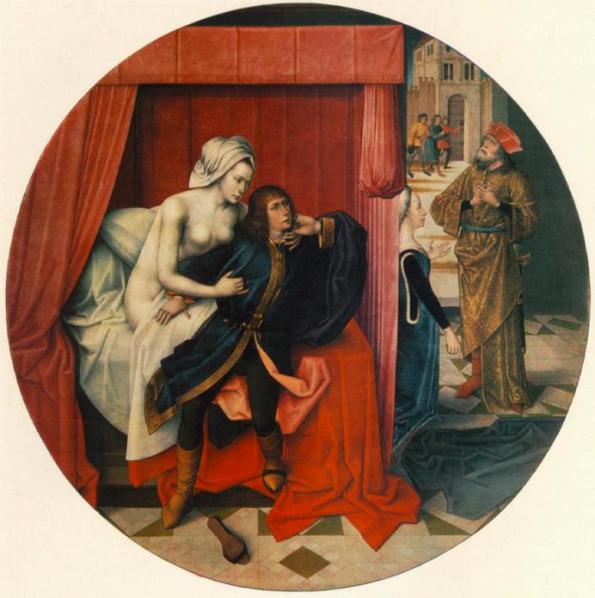
This painting shows the moment when Joseph struggles to free himself from the arms of Potiphar’s wife. The artist makes it clear she desires him and wants him to be her lover, but he is thinking of other things – God? Potiphar? how to get out of this awful situation?
The painting is like a comic book sequence in that it shows two scenes, not just one. The scene at left is self-explanatory. The scene at right shows the wife, now decorously clad from head to toe, complaining to Potiphar that she has been attacked by Joseph – his abandoned robe being proof that he has tried to seduce her in Potiphar’s absence. Potiphar seems heart-broken to hear that his favored servant has betrayed him… maybe.
Northern artists like the Master of the Joseph Legend were masters of meticulous technique, and their paintings have exquisite, almost photographic detail.
See Famous Bible Women: Potiphar’s Wife for some beautiful, sexually explicit Egyptian love poetry.
Bible reference: Left hand side of picture, Genesis 39:7-12. Right hand side of picture, Genesis 39:13-18
‘Joseph and Potiphar’s Wife’,
Properzia de Rossi, circa 1520
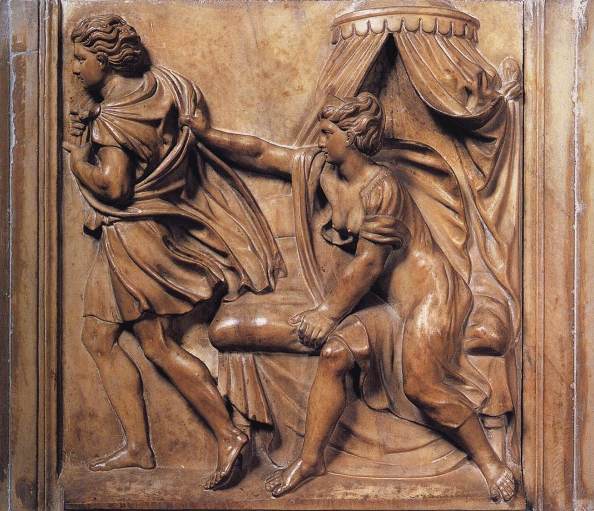
Joseph has rejected the overtures of Potiphar’s wife and is turning to run from her room. Her clothes are already disheveled as she grasps his robe to stop him leaving.
During the Renaissance women artists began to appear. They faced many difficulties, and had to fight to be taken seriously. Rossi was given important commissions to carry out, including the one above, but when she died at the early age of forty, she was penniless and friendless, virtually without any support at all.
Writing her biography in 1568, Georgio Vasari, a prominent Renaissance art historian, commented that she was a pretty woman with a good singing voice, and a capable housekeeper… Thank-you, Georgio.
Bible reference: Genesis 39:7-12
‘Joseph and Potiphar’s Wife’,
Tintoretto, 1555
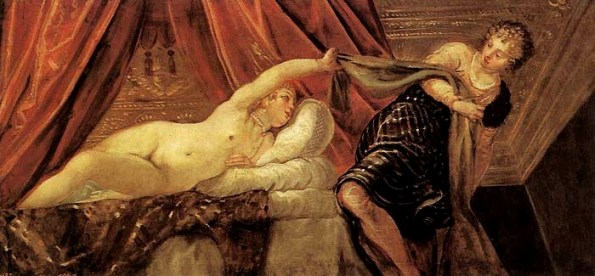
Potiphar’s naked wife is pulling the outer garment away from Joseph’s shoulders as he backs away from her. Tintoretto’s emphasis is on the beauty of the female body rather than the story itself. Where previous painters had shown Potiphar’s wife as merely en déshabillé, Tintoretto shows her as a voluptous nude – unlike Joseph, Tintoretto let himself succumb to the sensuality of the story…
Little is known of Tintoretto’s life. He was the eldest of 21 children, surely an achievement in itself, lived in Venice for most of his life, and had a prolific output of work.
His paintings are known for their energy and intensity, and for his placement of figures at odd angles – as is shown in the fore-shortened image of Joseph in this painting. He uses luscious color in this painting to accentuate the sensuality .
Only Tintoretto and Rembrandt seem to have shown Potiphar’s wife wearing jewelry, though a rich Egyptian woman would certainly have worn it daily.
Bible reference: Genesis 39:7-12
‘Joseph and Potiphar’s Wife’
attrib. to Artemisia Gentileschi, c. 1622-23
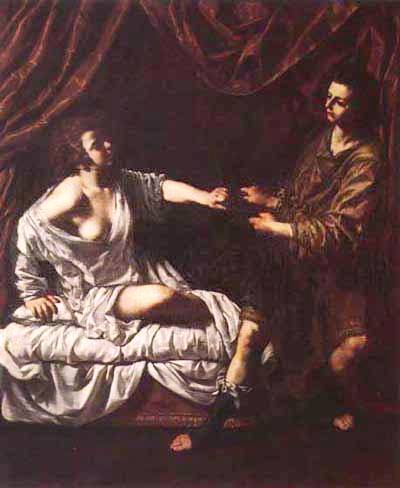
Potiphar’s wife grips Joseph’s dark outer garment tightly in a clenched fist, but he pulls away from her with all the weight of his body. Joseph is quite young, barely out of his teens – surely rather young to be steward of Potiphar’s household and estates?
This painting was attributed to Artemisia Gentileschi because it had stylistic features often used by her – the tucked and rumpled bed sheets, and dishevelled hair and clothing, etc. Click Judith to compare this painting with ‘Judith Beheading Holofernes’, Artemisia Gentileschi – the 1612 painting, not the 1613 one. See the similarities?
But no, according to the scholars. They now suggest that the most probable painter is Paolo Finoglio.
Bible reference: Genesis 39:7-12
‘Joseph and Potiphar’s Wife’,
Orazio Gentileschi, 1626-30
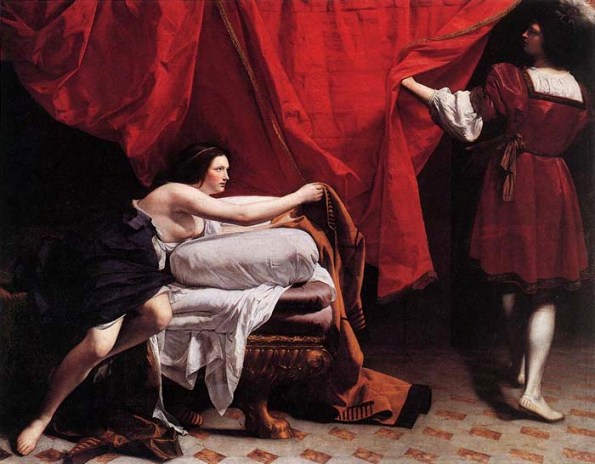
Joseph is handsome and good-looking, as the passage in Genesis describes him. Potiphar’s wife has made her offer yet again, and he has refused it, yet again.
Joseph is dressed as a Renaissance nobleman (see Famous Bible Women: Potiphar’s Wife for an image of the kalasiris, the Egyptian garment the real Joseph would have worn).
He walks firmly, rather than rushes, out of the room. He has an air of authority. This is not the first time she has approached him, nor the first time he has refused. The woman has a look of grief and reproach on her face – she is more believable, more human, than the virago portrayed by so many other painters. This painting suggests a battle of wills and emotions, not an unsophisticated grab at sexual gratification.
It is interesting to speculate how much this sympathetic image of the Wife was shaped by the rape of Gentileschi’s own daughter, Artemisia.
Bible reference: Genesis 39:7-12
‘Joseph and Potiphar’s Wife’
Guido Reni, 1630
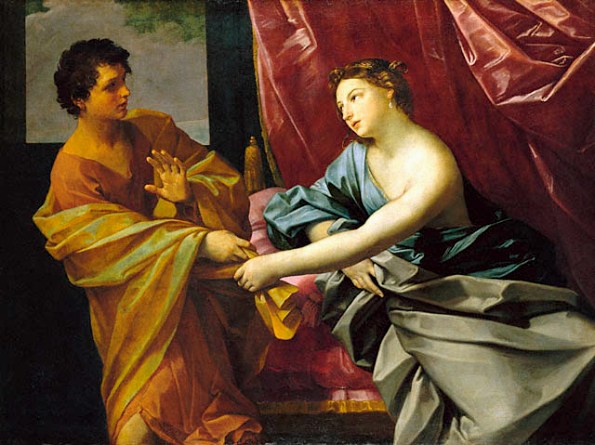
Potiphar’s wife has thrown caution to the winds and now urges Joseph to make love to her. She is grasping his outer garment/cloak, tugging at it in the moment before he relinquishes it. He is about to run from the room, leaving the cloak hanging in her outstretched hands.
Reni presents Joseph as surprised and agitated by the determination of Potiphar’s wife. She tugs boldly at his outer garment, leaving him in no doubt as to what she wants.
The exquisite flesh tones of her body contrast with Joseph’s pallor. Her body leans in towards him, but his hand is raised in a gesture of rejection, almost revulsion.
Bible reference: Genesis 39:7-12
‘Joseph and Potiphar’s Wife’
Guido Reni, 1631
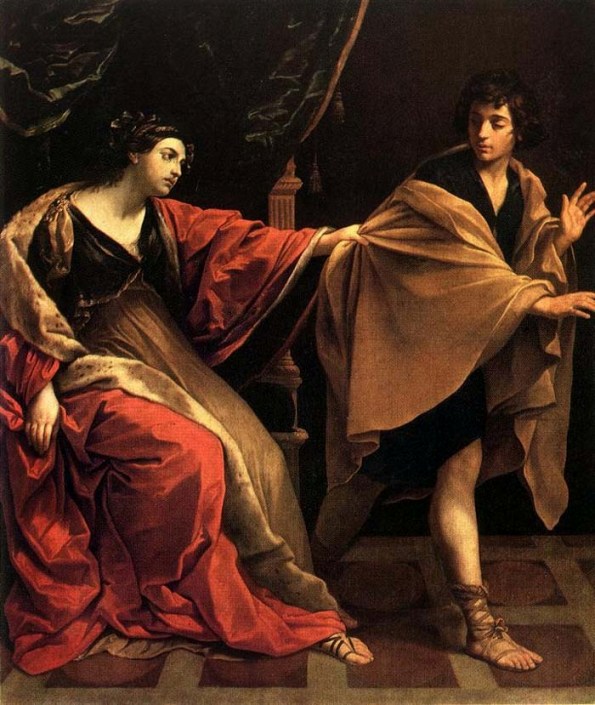
Compare the second of Reni’s paintings of this subject with the one above. The folds of the fabric are certainly more realistic, especially the section being gripped by the hand of Potiphar’s wife. This time she does not lean forward – she is less assertive, more resigned. He too seems less startled than in the previous Reni painting of this subject.
Reni was an interesting man. Although it cannot be said that he was religious, he painted a number of works related to the Christian scriptures.
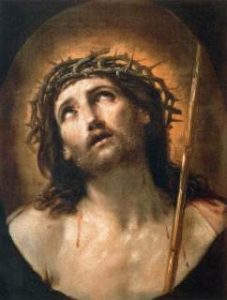
Ecce Homo, Guido Reni
His most famous work is probably ‘Ecce Homo’, the tormented but resigned face of Jesus in the Passion (see right).
He was born in Bologna in 1575 and later moved to Rome, where he received commissions from cardinals and successive Popes, but his independent bearing made him slightly unpopular in high ecclesiastical quarters. Not respectful enough.
In 1621 he obtained employment in Naples, but bullies hired by the local artists made his life so unpleasant that he fled. Settling back in Bologna he painted diligently, but he unfailingly lost at the gaming tables all the money he earned from painting, and died heavily in debt in 1642.
Bible reference: Genesis 39:7-12
‘Joseph and Potiphar’s Wife’
Giovanni Barbieri, called ‘Guercino’ –
the man with the squint, 1649
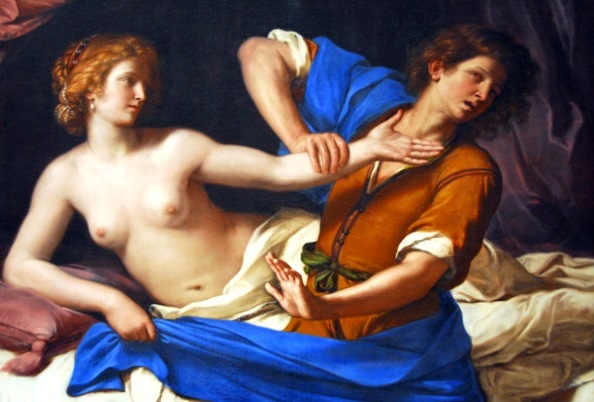
Potiphar’s wife has attempted to seduce Joseph. He grasps the Wife’s outstretched left hand, deflecting it away from his face. But she has hold of his cloak, pulling it from his body. She will use it later as evidence.
There are three elements in this painting: Potiphar’s dazzling wife, the terrified Joseph, and the rumpled bed and clothing – or in her case, lack of it. She seems to be in comparative repose; he struggles violently against the temptation of her white body – and perhaps against the dawning realization that, whatever he does, he is in a no-win situation.
He has two alternatives: to become her lover and betray his conscience and his master, or be punished by her revenge.
Bible reference: Genesis 39:7-12
‘Joseph Accused by Potiphar’s Wife’, Rembrandt, 1655
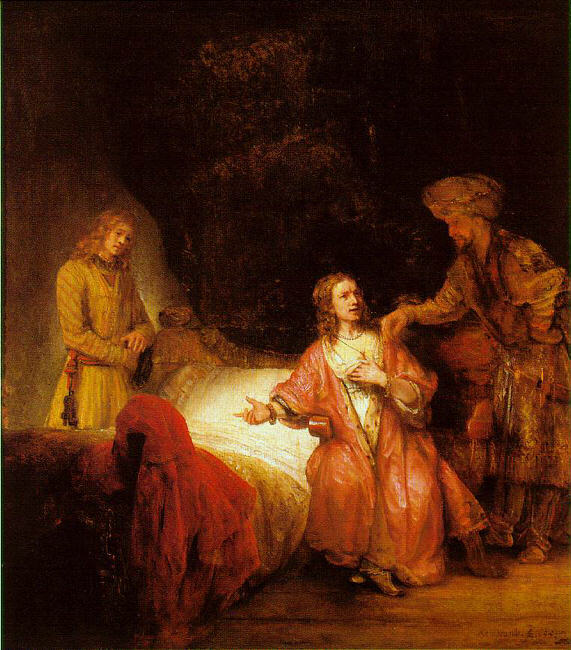
Potiphar’s wife is making her accusation of attempted rape to her husband, now returned to the household. She points to Joseph’s robe at the end of the bed as proof of what apparently happened.
The woman and the bed are bathed in light. Look at her hand. It is the focal point of the painting, pointing to Joseph, his robe, and the bed. The graceful gesture is all that is needed to tell her story. Her face is calm, apparently honest.
Joseph stands listening to this powerful woman – he seems resigned to his fate, hopeless of receiving justice .The keys hanging from his waist, emblems of his office within the household, are all he has left of his former influence.
There are no walls in this room, giving the illusion that events are happening in a time outside time.
Bible reference: Genesis 39:16-20
‘Joseph and Potiphar’s Wife’
Carlo Cignani, 1678
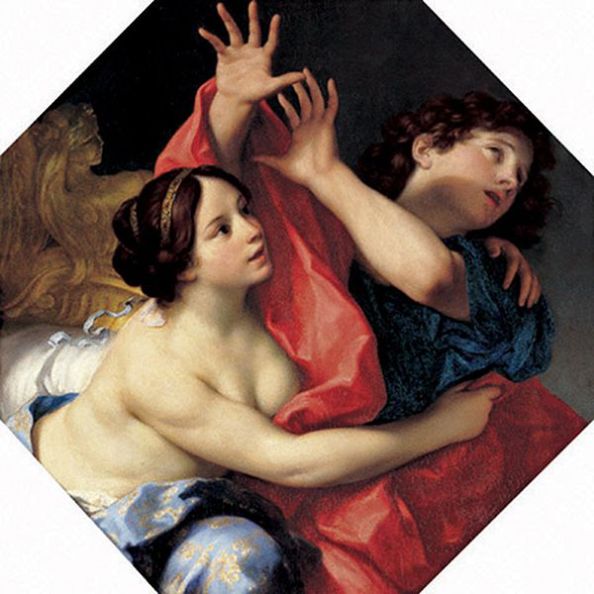
Potiphar’s wife has taken Joseph in an embrace, and he tries to break free. She holds his outer cloak in her right hand, and twines her left hand round his shoulders. What will he do? Run from the room, leaving the cloak behind him.
This painting is more delicate than many others – so much so, that it is difficult to take it seriously as a portrayal of the violent incident described in the Bible. Potiphar’s wife is beautiful, young, ecstatic, with none of the hopeless lust described in the story. Cignani’s use of exquisite flesh tones heightens the impression of youth.
Certainly she is the aggressor, but it is hard to believe she is wicked. Cignani’s Joseph is also young, almost a boy.
In all, this painting seems to be more about youthful ardor than manipulative lust and revenge.
Bible reference: Genesis 39:7-12
‘Joseph and Potiphar’s Wife’
Willem van Mieris, 1691
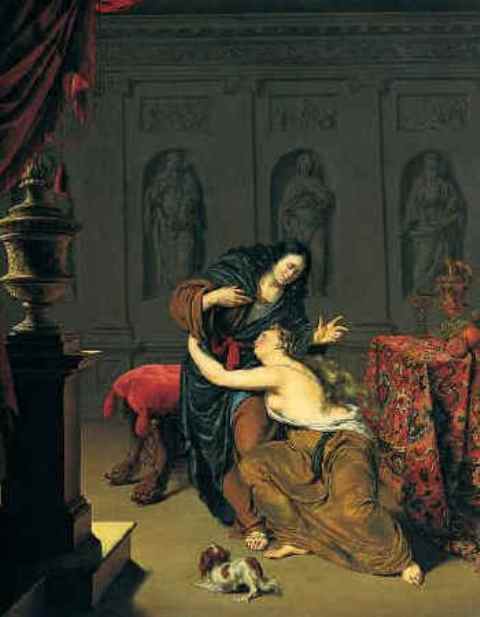
Potiphar’s wife, distraught and dishevelled, has thrown herself at her husband’s feet. She is telling him her version of what has happened: that Joseph his trusted servant has attempted to rape her, and that she has the proof – his outer garment, which she says came off in the struggle.
This is a curious painting – and not very good. It shows the Egyptian Potiphar and his wife as 17th century Dutch burghers.
Van Mieris was noted for his meticulous, highly detailed paintings. They are described as dispassionate, which unfortunately is only a polite way of calling them dull.
Bible reference: Genesis 39:7-12
‘Joseph and the Wife of Potiphar’
fresco for the Casa Bartholdy
Philipp Veit, 1816-17
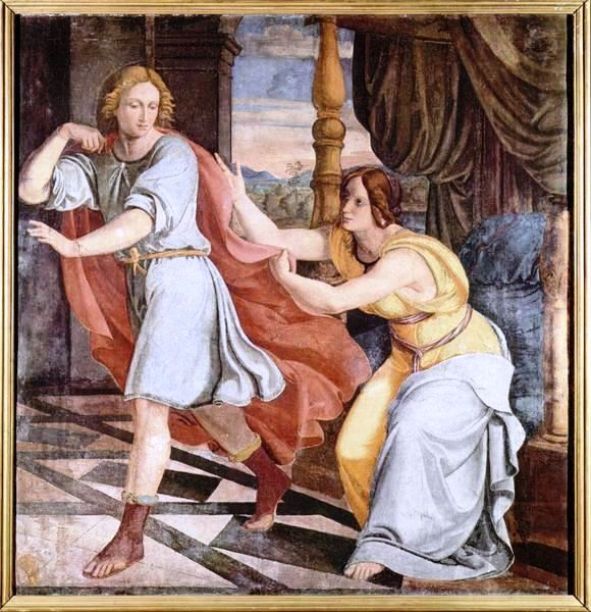
Joseph has turned to run from the room of Potiphar’s wife, but she pursues him, throwing caution to the winds and catching hold of his cloak to pull it from his shoulders.
Veit had greater success painting watercolors and frescos than oils. This painting does not grab one’s attention as some of the more brilliantly colored oils do, but it is quite beautiful and certainly works well as a fresco.
The graceful lines of Joseph’s robes and the Wife’s clothing lend a gentle air to what is in reality a violent event.
Bible reference: Genesis 39:7-12
‘Joseph et la Femme de Potiphar’
Hermine F Schäfer, 1964
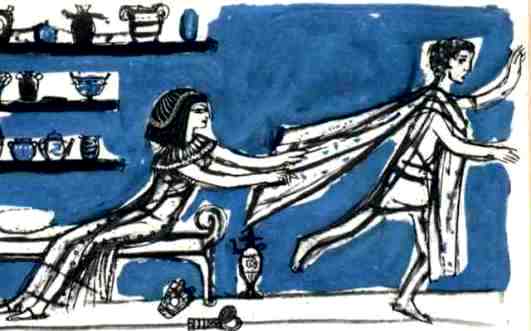
A mature Egyptian woman, seated on a couch-bed, grasps the outer robe of a fleeing young man – a modern drawing of Potiphar’s wife and Joseph. This is an illustration from Anne de Vries’s ‘Childen’s Bible’.
Bible reference: Genesis 39:7-12
Hidden meanings in the paintings
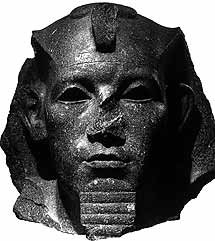 This is a story of lust and loneliness. Potiphar’s wife was lonely and bored. Her slave Joseph was young, handsome and vulnerable.
This is a story of lust and loneliness. Potiphar’s wife was lonely and bored. Her slave Joseph was young, handsome and vulnerable.- Joseph was the elder son of Jacob and Rachel. His ten older brothers were only half-brothers, being the sons of Leah, Rachel’s sister, and two hand-maidens.
- Joseph is Israel, trying to live a righteous life; Potiphar’s wife is Egypt, Israel’s traditional enemy with its strange gods and a seductively sophisticated culture.
- Potiphar, a captain of Pharaoh’s guard, bought the slave Joseph from the Ishmaelites and entrusted him with looking after his estates. Joseph was extremely competent, but also young and handsome, and desired by Potiphar’s wife. She suggested that he have sexual intercourse with him, but he rebuffed her. One day when they were alone she took hold of his clothes and attempted to undress him. He fled, leaving his cloak behind. Humiliated, she told her husband that Joseph had tried to rape her; here was his cloak to prove what she said. Joseph was thrown into prison.
- The medieval Church saw Joseph as a pre-figuration of Christ, and this is why he is so important in Christian art.
- See Women in the Bible: Potiphar’s Wife
Hell hath no fury. Bible text
Joseph and the Wife of Potiphar
1 Now Joseph was taken down to Egypt, and Potiphar, an officer of Pharaoh, the captain of the guard, an Egyptian, bought him from the Ishmaelites who had brought him down there.
2 The Lord was with Joseph, and he became a successful man; he was in the house of his Egyptian master.
3 His master saw that the Lord was with him, and that the Lord caused all that he did to prosper in his hands.
4 So Joseph found favour in his sight and attended him; he made him overseer of his house and put him in charge of all that he had.
5 From the time that he made him overseer in his house and over all that he had, the Lord blessed the Egyptian’s house for Joseph’s sake; the blessing of the Lord was on all that he had, in house and field.
6 So he left all that he had in Joseph’s charge; and, with him there, he had no concern for anything but the food that he ate. Now Joseph was handsome and good-looking.
She Approaches Joseph
7 And after a time his master’s wife cast her eyes on Joseph and said, ‘Lie with me.’
8 But he refused and said to his master’s wife, ‘Look, with me here, my master has no concern about anything in the house, and he has put everything that he has in my hand.
9 He is not greater in this house than I am, nor has he kept back anything from me except yourself, because you are his wife. How then could I do this great wickedness, and sin against God?’
10 And although she spoke to Joseph day after day, he would not consent to lie beside her or to be with her.
11 One day, however, when he went into the house to do his work, and while no one else was in the house,
12 she caught hold of his garment, saying, ‘Lie with me!’ But he left his garment in her hand, and fled and ran outside.
The Wife Takes Revenge
13 When she saw that he had left his garment in her hand and had fled outside,
14 she called out to the members of her household and said to them, ‘See, my husband has brought among us a Hebrew to insult us! He came in to me to lie with me, and I cried out with a loud voice;
15 and when he heard me raise my voice and cry out, he left his garment beside me, and fled outside.’
16 Then she kept his garment by her until his master came home,
17 and she told him the same story, saying, ‘The Hebrew servant, whom you have brought among us, came in to me to insult me;
18 but as soon as I raised my voice and cried out, he left his garment beside me, and fled outside.’
19 When his master heard the words that his wife spoke to him, saying, ‘This is the way your servant treated me’, he became enraged.
20 And Joseph’s master took him and put him into the prison, the place where the king’s prisoners were confined; he remained there in prison.
Bible Paintings and Artworks from the Old Testament – Bible Study Resource: The story of Potiphar’s Wife and Joseph in Egypt
Joseph & Potiphar’s Wife – links
‘She was lonely, bored and now thrown into the company of an unusually handsome man, a Brad Pitt of the ancient world. Neglected by her husband who may have been a eunuch, she fell in love with Joseph – to the point of obsession.
‘And after a time his master’s wife cast her eyes on Joseph and said, ‘Lie with me.’
Read more
‘As far as ordinary people were concerned, the ancient gods were all around, a daily experience, not remote or invisible. They reflected humanity. The gods and goddesses did all the things that people do. They had sex, got angry, fell in love, quarreled with their families, and generally expressed what was best and worst in human nature.’
How skilful she is at casting the lasso, though it’s not cattle she draws in
With her hair she lassos me, with her eyes she pulls me in
With her thighs she binds me to her, with her seal she brands me as her own.’
___________
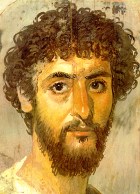
‘She waited until her husband came home and told him the same story. He was enraged – at Joseph? at her? The incident was now common knowledge. As a cuckold he would become an object of ridicule.’
__________
‘Joseph was taken to Egypt where he was auctioned in an open market to the highest bidder. His future looked bleak, but the subsequent story shows how a clever and skilled slave could rise in the world. Joseph quickly became the trusted overseer of large estates.’
© Copyright 2006
Elizabeth Fletcher

